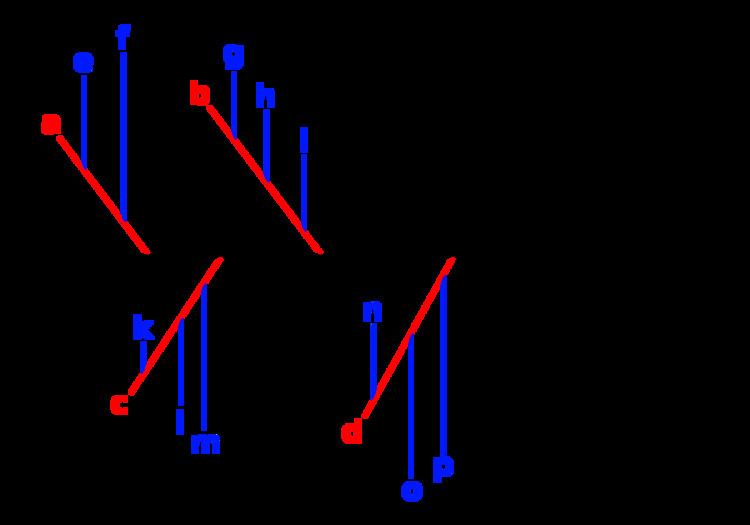A graphic organizer, also known as a knowledge map, concept map, story map (or storymap), cognitive organizer, advance organizer, or concept diagram, is a communication tool that uses visual symbols to express knowledge, concepts, thoughts, or ideas, and the relationships between them. The main purpose of a graphic organizer is to provide a visual aid to facilitate learning and instruction.
Graphic organizers take many forms:
Relational Organizersstoryboardfishbone -- Ishikawa diagramcause and effect webchart#Category/Classification Organizersconcept mappingKWL tablesmind mappingSequence OrganizersChainLadderCycleCompare Contrast OrganizersDashboard (business)Venn diagramsConcept Development Organizersstory webword webcircle chartflow chartOptions and Control Device Organizersmechanical control panelgraphical user interfaceA review study concluded that using graphic organizers improves student performance in the following areas:
RetentionStudents remember information better and can better recall it when it is represented and learned both visually and verbally.
Reading comprehensionThe use of graphic organizers helps improving the reading comprehension of students.
Student achievementStudents with and without learning disabilities improve achievement across content areas and grade levels.
Thinking and learning skills; critical thinkingWhen students develop and use a graphic organizer their higher order thinking and critical thinking skills are enhanced.

